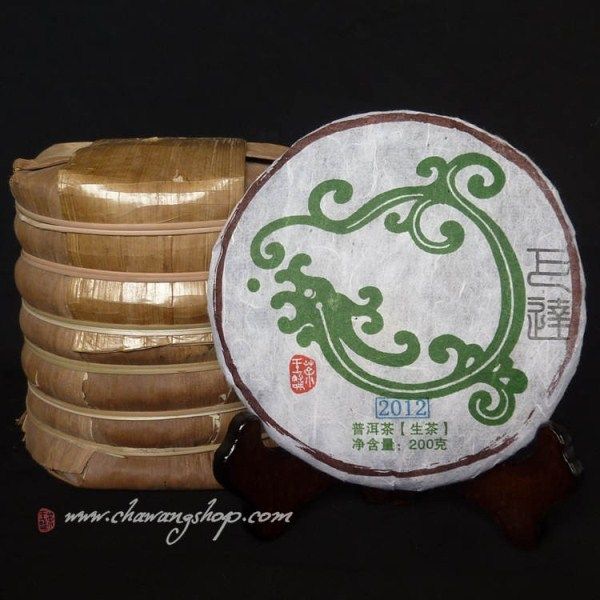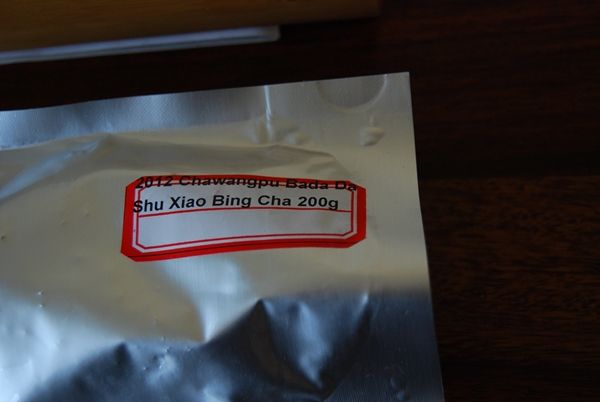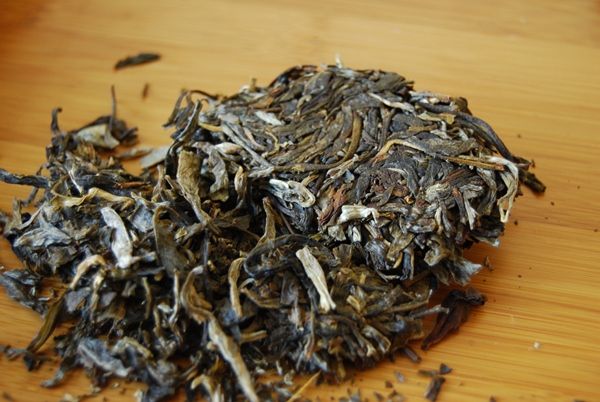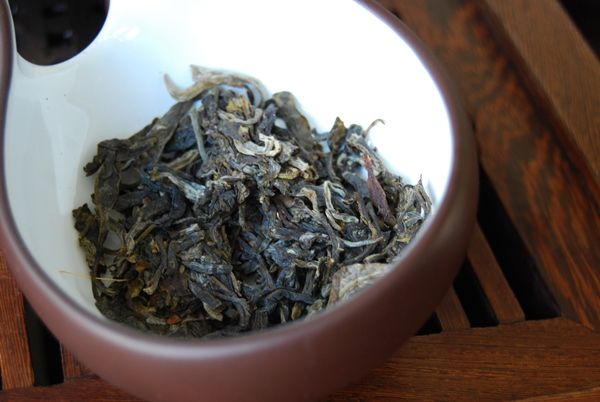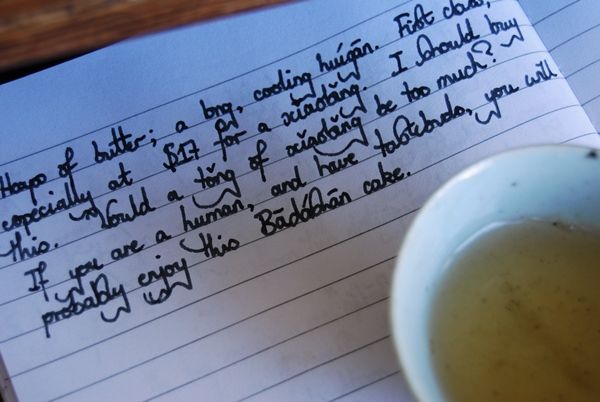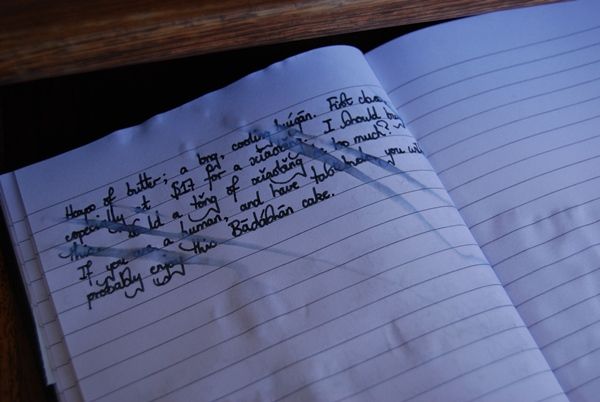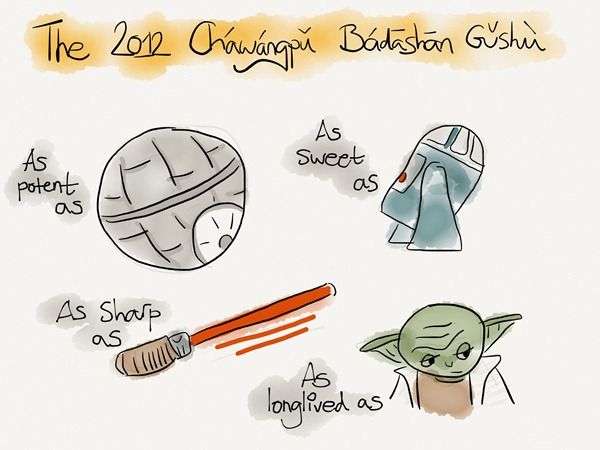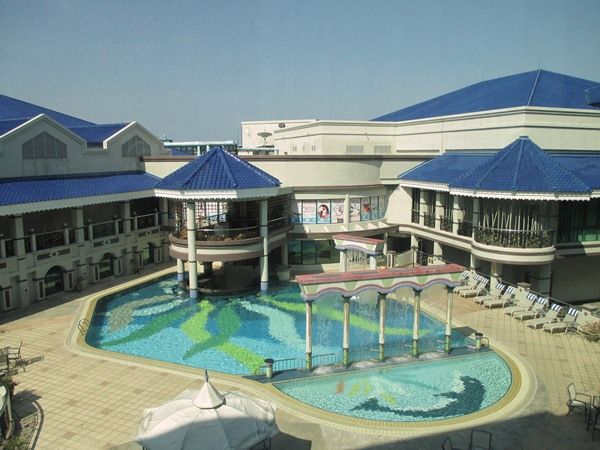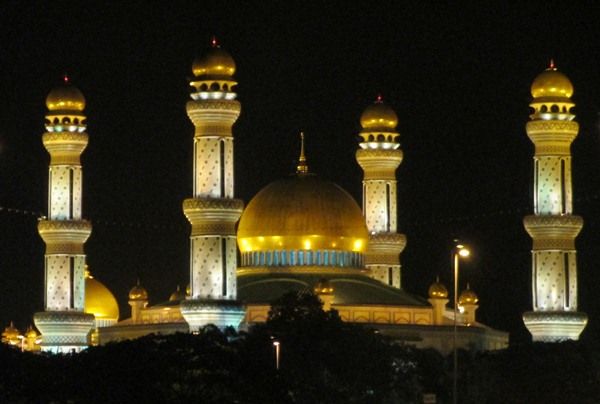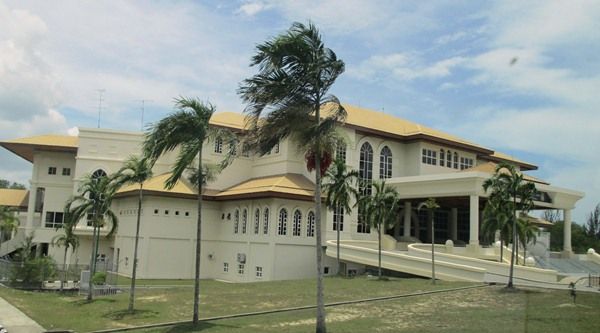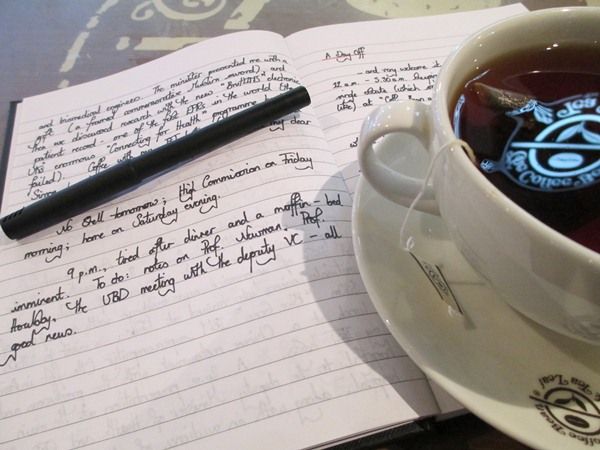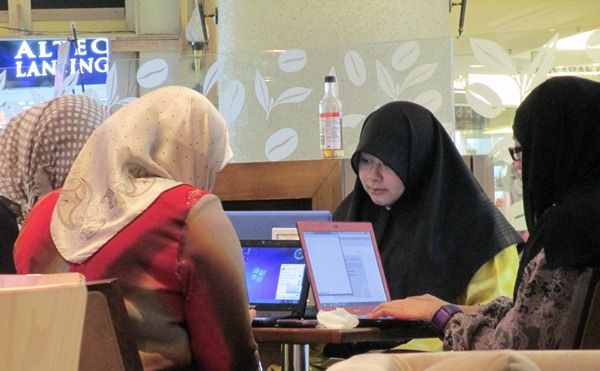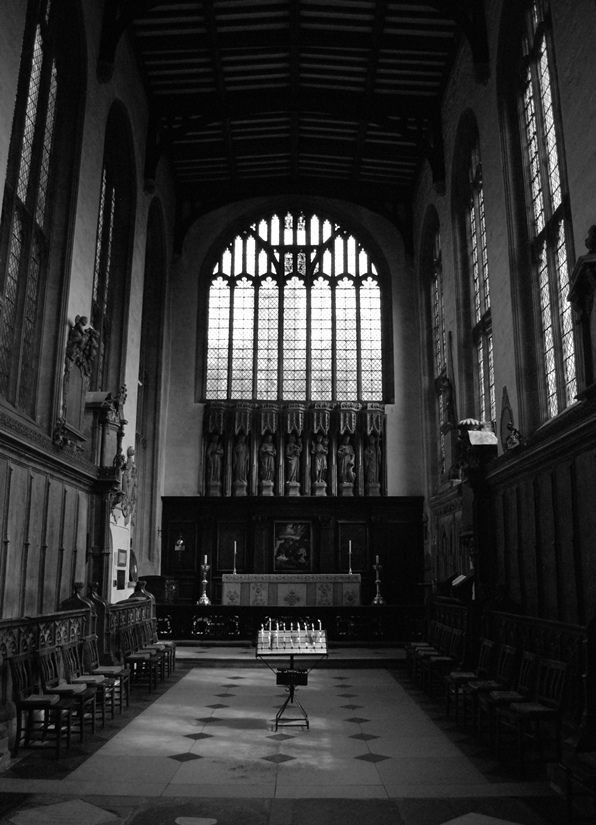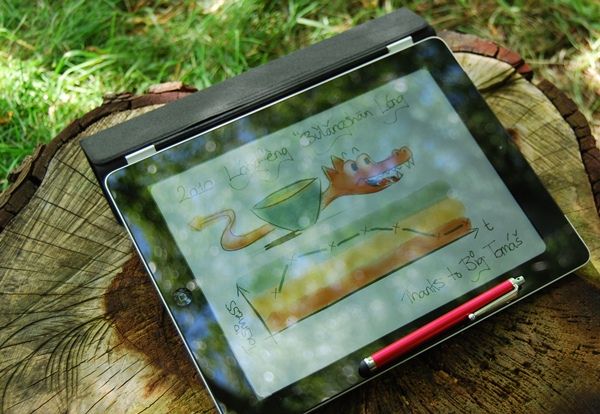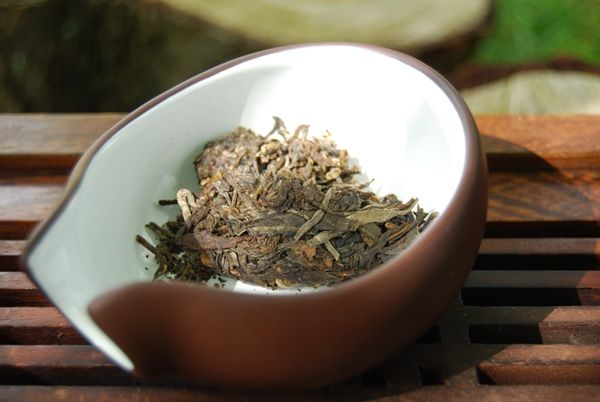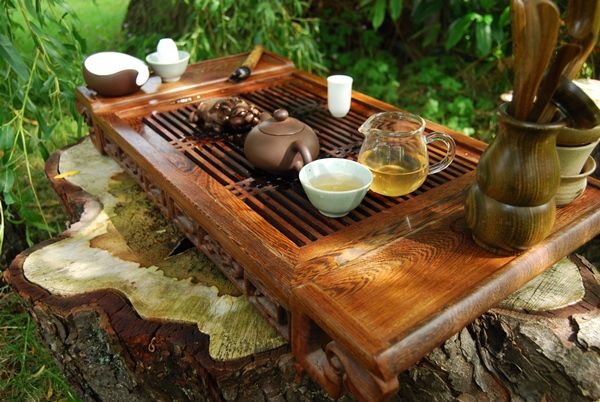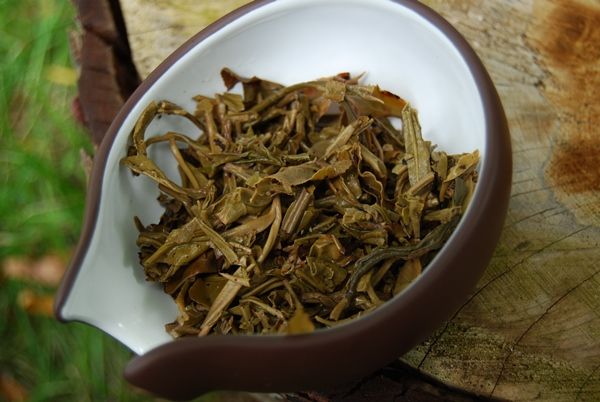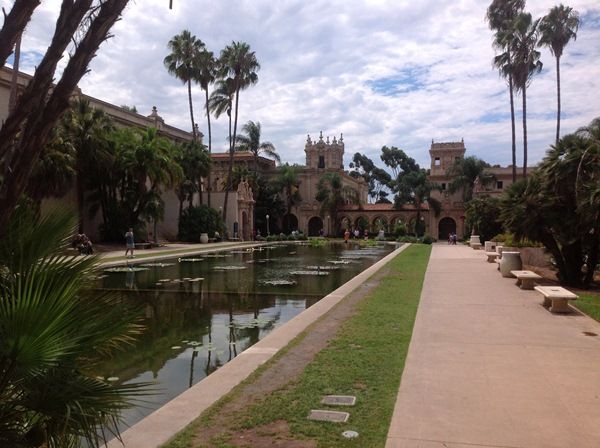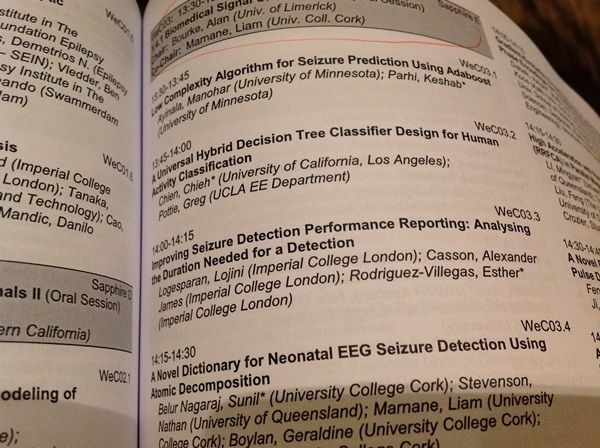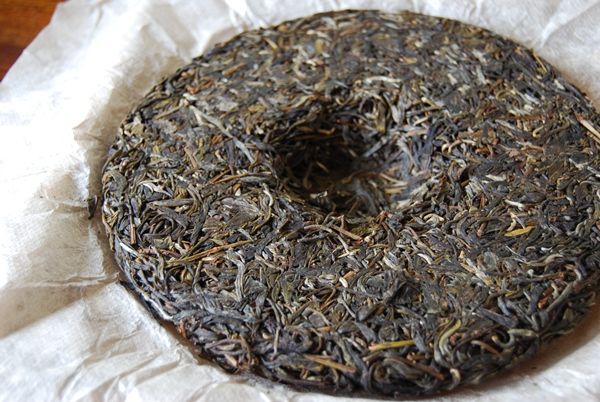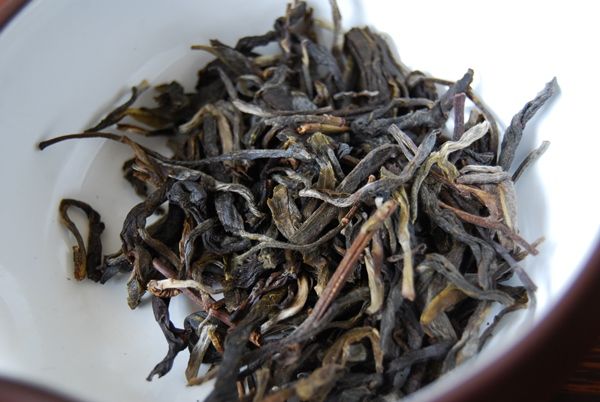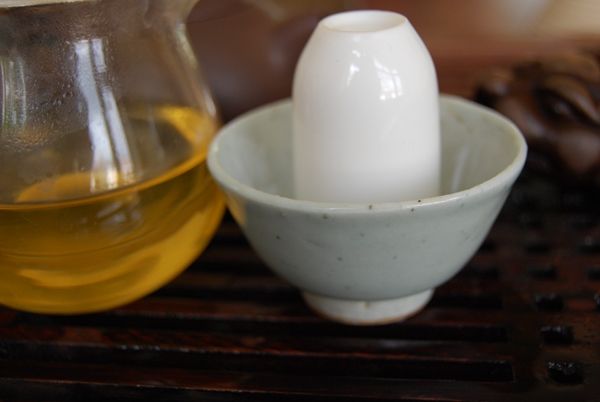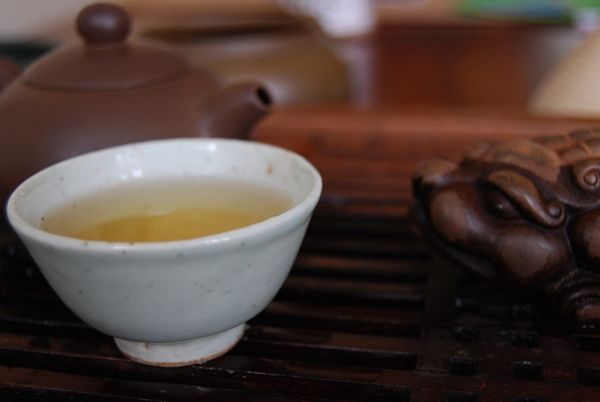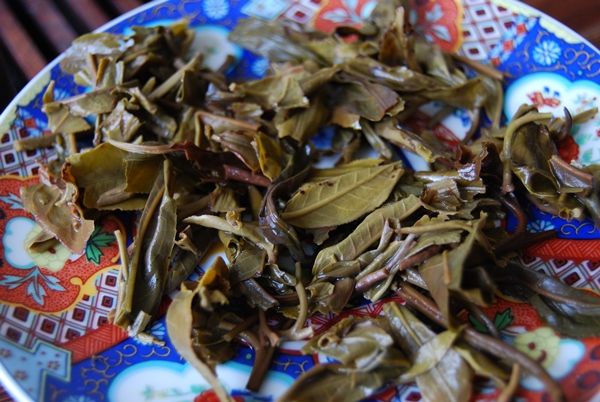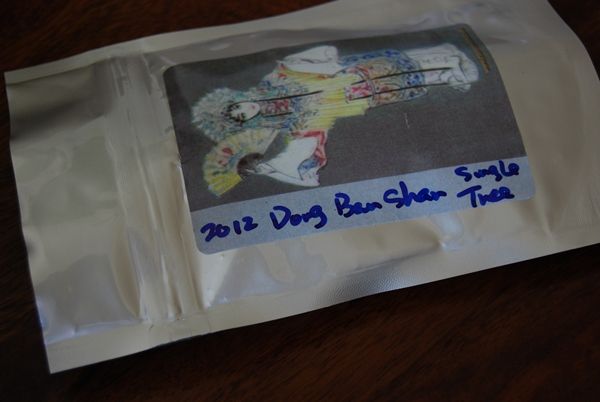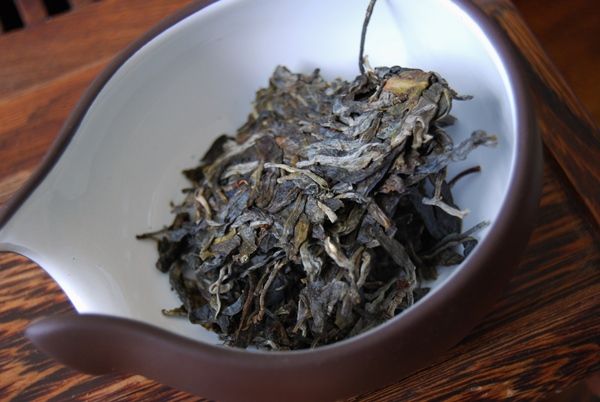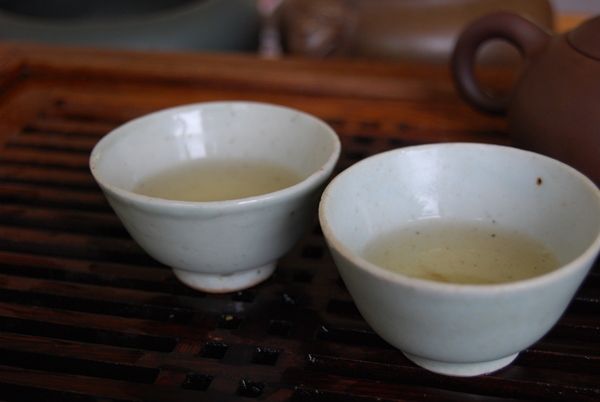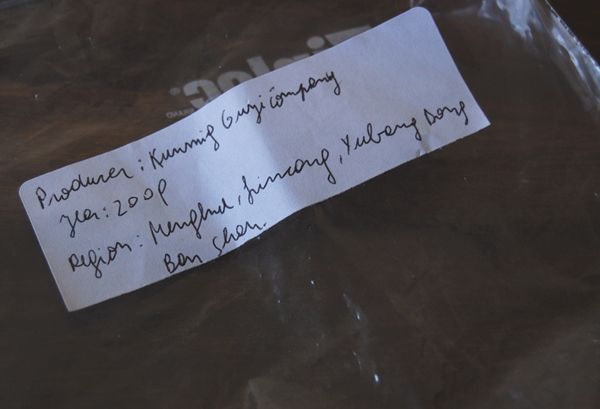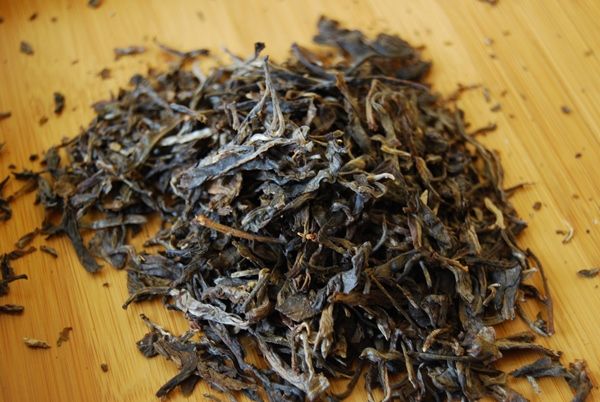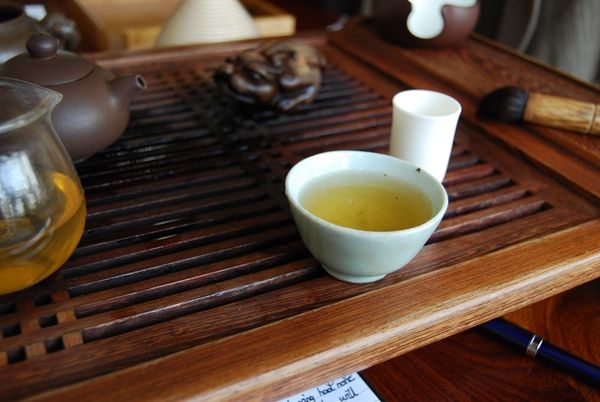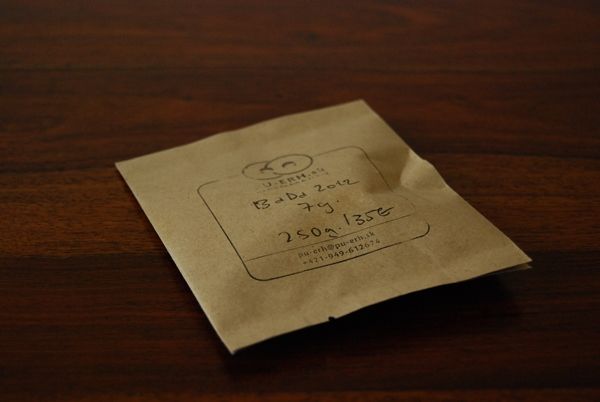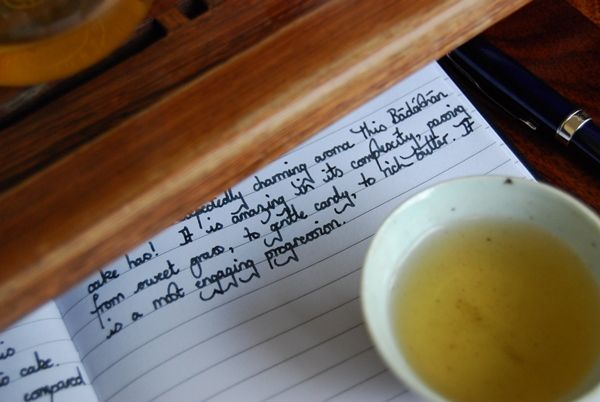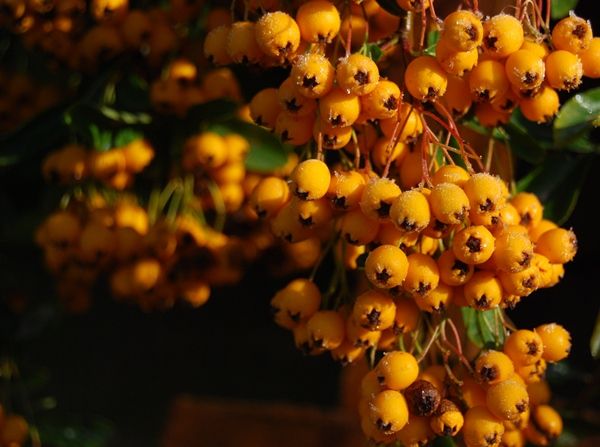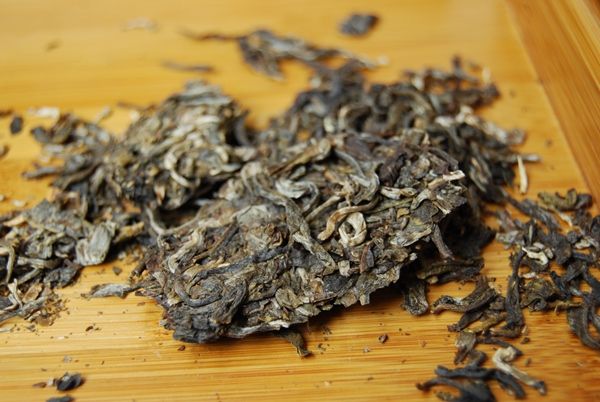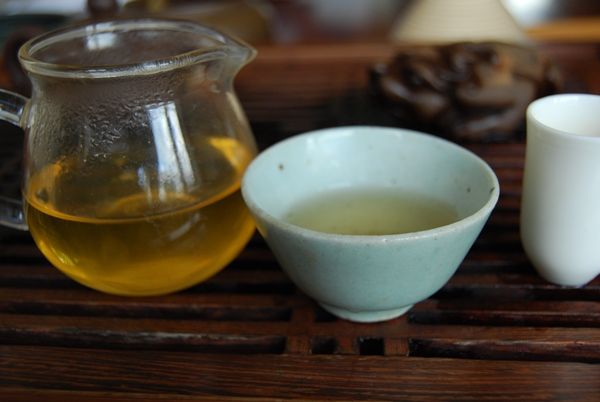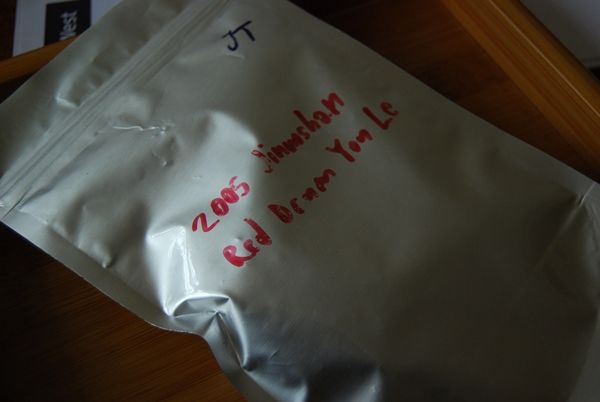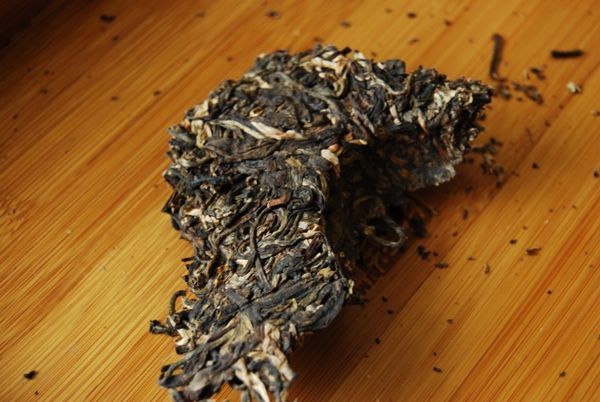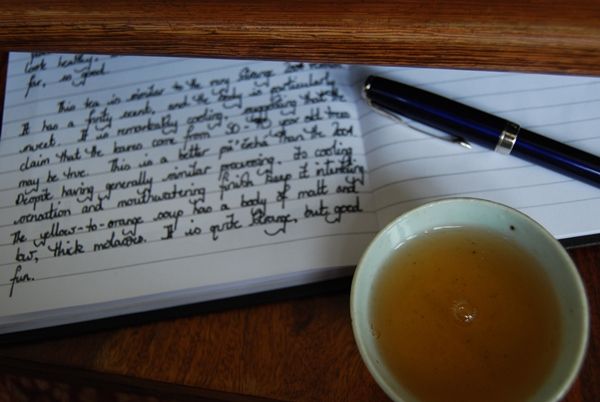Some weeks ago, I posted an image (at B&B) that I'd drawn concerning this tea, and which I reproduce at the end of this article for your consideration. Silly me - I didn't get around to buying this cake, which sold rapidly and is now all gone. Gentle Reader, what say you and I take a stroll with the 2012 Bada Dashu from Chawangshop, and daydream about what could have been...
There is, I suspect, a gap in the "selling pu'ercha to Westerners" market, which exists between the cheap-and-cheerful and the terrifyingly expensive. While some of my favourite tea-merchants, such as Yunnan Sourcing, started out at the basic end, they have drifted to varying degrees towards the middle-ground; usually, these cakes are made by themselves to some extent. However, there is still plenty of space left for innovation and new products, which is why I welcome the presence of outfits such as Chawangshop.
Little from Chawangshop has passed my way, with the exception of a 2011 Yiwu kindly sent by The Jakub. That latter was not expensive, but, to my tastes, a touch flat, for all its charms. The 2012 cakes from Chawangshop seem markedly better; perhaps "practice makes perfect" in this case.
The sample was provided by the owner of Chawangshop, along with a few others. I must confess that, while I try to buy all my own tea, often the hectic nature of everyday existence prevents me from getting around to it. Sometimes, it's all I can do just to get my dear son ready in the morning, and off to nursery, before cycling to my lab and working for my daily dollar. Lately, I notice that I have been drinking a lot of samples provided by the generosity of tea-chums and some tea-sellers. I raise this so that you can consider my biases, conditioned on the fact that I was given this sample.
Bias or no, you must surely agree that the chunk of leaf shown above is pretty to look upon. The leaves are loosely compressed and have an extreme scent of fresh green leaves. Even the photograph brings back to mind (nose) the forthright and potent aroma that greeted me on opening the little sample bag.
Happily, these first impressions continue over into the actual tea itself, where the aroma cup contains spicy, potent butteriness. "BICY!", as my son would say.
The soup is a straightforward yellow, which is a good colour for a young Badashan cake, wouldn't you say? If it is not too fanciful, I imagine hints of green colour in the yellow soup, such is its extreme youthfulness.
It is good to take young cakes with a little caution, given that they often settle down over a period of some months. That said, a cake that appears packed full of sheer content is probably going to seem just as good a little further down the line.
I liked this cake. It is, perhaps, not quite up to the grevious bodily harm of the 2012 Pu-erh.sk Bada, but it is a good example of the region. I found there to be heaps of butter, and a long, cooling huigan, atop a solid basis of Badashan green-grass sweetness.
As shown above, I was initially considering a tong of this cake, but then San Diego and Brunei got in the way. If you own some of this tea, I hope that it performs well for you!
I am a clumsy man, as may be concluded from examining the photograph below. I cheer whenever Xiaohu sends a precious item flying to the floor, safe in the knowledge that my genes have at least passed on something.
I enjoyed the power of this cake, which it combined with a very solid sweetness that just refused to budge. Encouragingly, it stood up to the punishment of hard-and-fast brewing for extended periods, and it is this refusal to be bullied that impressed me with its potential (such as my limited experience would have it). It just wouldn't give up.
If there is a moral to this story, it is that I cannot own everything that I wish to own. That, in itself, is a very healthy ending, I think. Sometimes, it is good not to have everything. HH the Dalai Lama himself said that it is healthy not to partake of and attempt to own all that we desire.
Maybe His Holiness has enough Badashan tea to last him for a while, however...
Thanks again to Chawangshop for introducing me to this excellent little tea. $17/200g is (was!) a very decent price for a cake so reliable.

